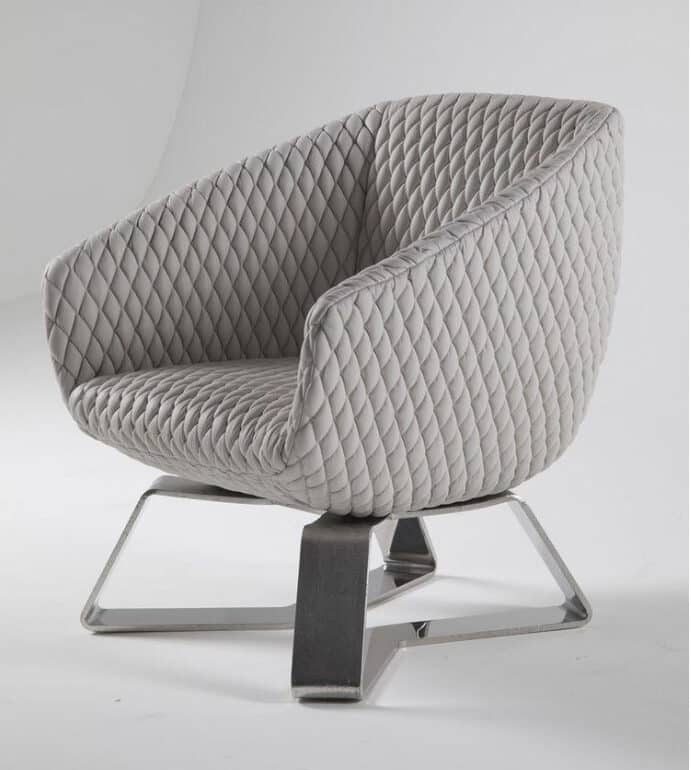The Art of Layering: Mixing Textures in Furniture Design – Art Layering Mixing Textures Furniture Design
Art Layering Mixing Textures Furniture Design
The Art of Layering: Mixing Textures in Furniture Design
Furniture design is an art form that goes beyond function and aesthetics. It has the power to transform a space and create a sense of warmth and character. One technique that can elevate the design of furniture is the art of layering textures. By combining different materials and finishes, designers can add depth, visual interest, and a unique touch to any furniture piece. In this article, we explore the intricacies of layering textures in furniture design and how it can enhance your living space.Art Layering Mixing Textures Furniture Design
1. Understanding the Importance of Texture
Texture plays a vital role in furniture design as it adds a tactile element to the visual appeal. By combining textures, designers can create a sensory experience that is both visually captivating and inviting to touch. Furniture pieces with mixed textures can make a statement and become the focal point of any room.
2. Modern Furniture Styles and Texture Layering
In the world of modern furniture, texture layering opens up endless possibilities for creativity. Mixing textures can add dimension and create a dynamic look that resonates with contemporary design aesthetics. From sleek leather paired with a rough wood finish to a smooth metal frame combined with a soft fabric upholstery, the options are limitless.
3. Enhancing Furniture Décor with Texture Layering
If you are looking to breathe new life into your existing furniture, texture layering can be an excellent technique. By introducing a variety of textures, you can transform a plain piece of furniture and give it a fresh and unique look. For example, you can add a plush throw or cushions with different fabrics on a neutral sofa, instantly making it more inviting and visually appealing.
4. A Guide to Layering Textures in Mixing Textures Furniture Design
When it comes to layering textures, there are a few guidelines to keep in mind:
- Start with a neutral base: A neutral-colored furniture piece can serve as a canvas for layering textures.
- Mix different materials: Combining materials such as wood, metal, fabric, and glass can create an interesting contrast.
- Consider the scale: Varying the scale of textures can add complexity and balance to the overall design.
- Play with patterns: Mixing different patterns can further enhance the visual interest of the furniture piece.
- Don’t forget about comfort: While aesthetics are important, ensuring the comfort of the furniture should not be overlooked.
5. The Impact of Texture Mixing Textures Furniture Design
Texture layering can transform any furniture piece into a work of art. It adds depth, warmth, and character, making the piece visually appealing and inviting. The art of layering textures in furniture design can also reflect your personal style and create a unique statement in your living space.
Conclusion
The art of layering textures in furniture design is a powerful technique that can elevate any space. By mixing different materials, finishes, and patterns, designers can create visually captivating and inviting furniture pieces. Whether you are looking to refresh your existing furniture or create a statement piece, texture layering is an art form worth exploring. Embrace the creativity it offers and let your furniture speak volumes about your style and personality.
Follow Elmalek Furniture
| | | |











Leave a comment